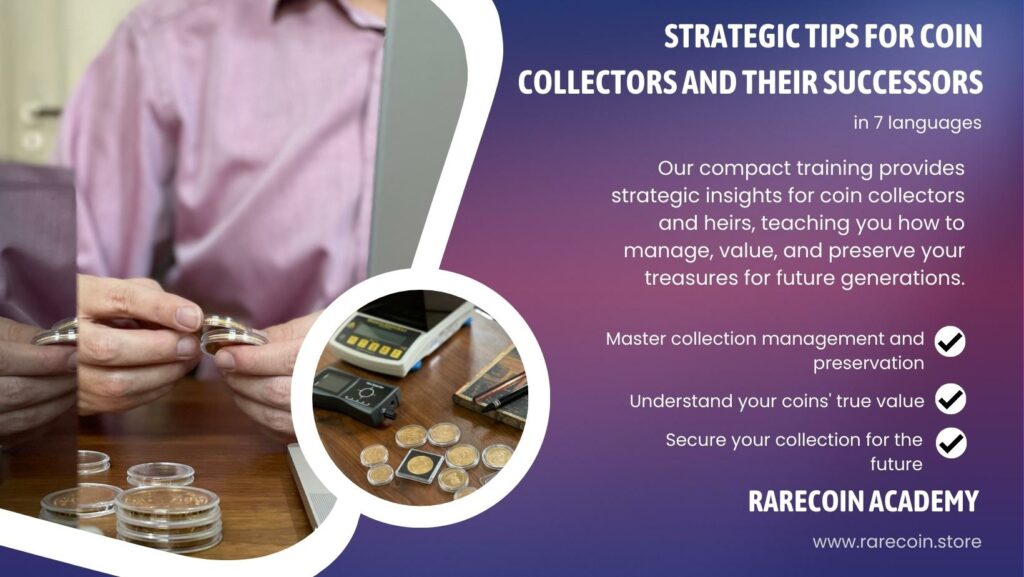
2.3. FAQ: Assessing the value of your collection
The world of numismatics is both fascinating and complex. It can often be challenging for coin collectors and enthusiasts to determine the exact value of their collection as a variety of factors must be taken into account. While some look for the intrinsic value of their coins through metal content, others look for rare pieces that gain value through history, culture and artistry. This FAQ section serves as a practical guide to help both novice and experienced collectors better understand their coin collection and effectively assess its value. Whether you’re looking for the basics or want to delve deeper, you’ll find answers to some of the most frequently asked coin grading questions here.
2.1. Steps to accurately value your coins
1: How do I start the grading process for my coin collection? – Start by cataloging your collection, recording each coin’s denomination, date, mint mark, and condition. Then consult reputable coin price guides, attend coin shows, or consider finding a professional appraiser for a more accurate estimate.
2: Do I need a professional coin appraiser or can I do it myself? – While numerous resources can help you estimate the value of your coins, a professional appraiser will provide the most accurate estimate, especially for rare or valuable coins.
3: How often should I evaluate my collection? – It’s a good idea to evaluate your collection regularly, especially if you think the market value has changed or if you’ve expanded your collection significantly.
2.2. Recognizing important value drivers in numismatics
1: What factors primarily determine the value of a coin? – Several factors affect a coin’s value, including its rarity, collector demand, historical significance, condition, and the presence of any minting errors.
2: Is a coin’s metal content (e.g. gold or silver) the main factor in its value? – While intrinsic metal value can contribute to a coin’s value, other factors such as rarity, historical context, and collector demand often play a more important role in overall value, particularly for numismatic pieces.
3: Are older coins always more valuable? – Not necessarily. While age can contribute to a coin’s rarity and historical value, other factors such as condition, minting errors and demand also determine its value. Some modern coins may be more valuable than older ones due to limited mintages or specific qualities.
4: How can I tell if my coin has unique features that increase its value? – Carefully examine each coin for any minting errors, unique markings, or anomalies in design. Consult specialized guides or seek expert opinions to identify and review any features that could increase the coin’s value.
5. Do all mints produce coins of the same value? – No, coins from different mints can have different values even if they have the same denomination and year. Certain mints may produce fewer coins, resulting in higher rarity and potential value. The mint mark on a coin indicates its origin.
These are just a few common questions a coin collector might have when assessing the value of their collection. Always remember to stay up to date with the latest developments in numismatics as the market and its drivers can change over time.
Other interesting blogs :

